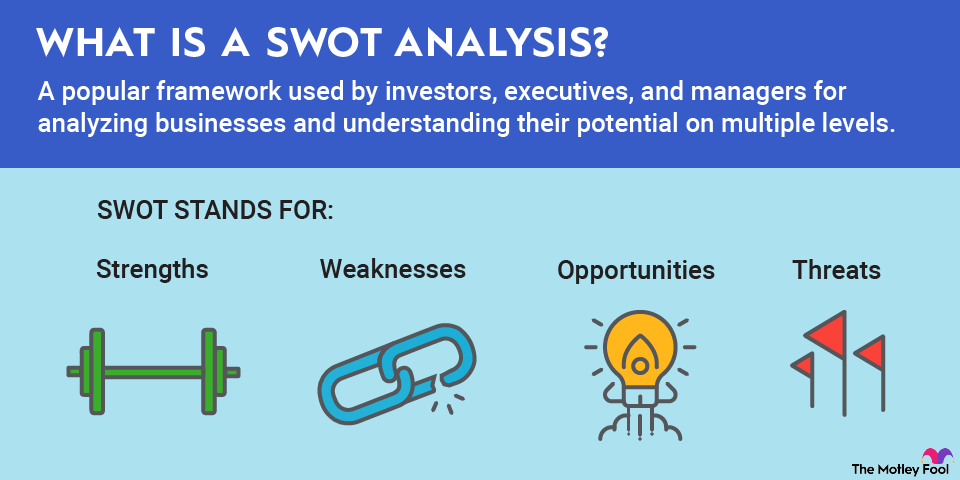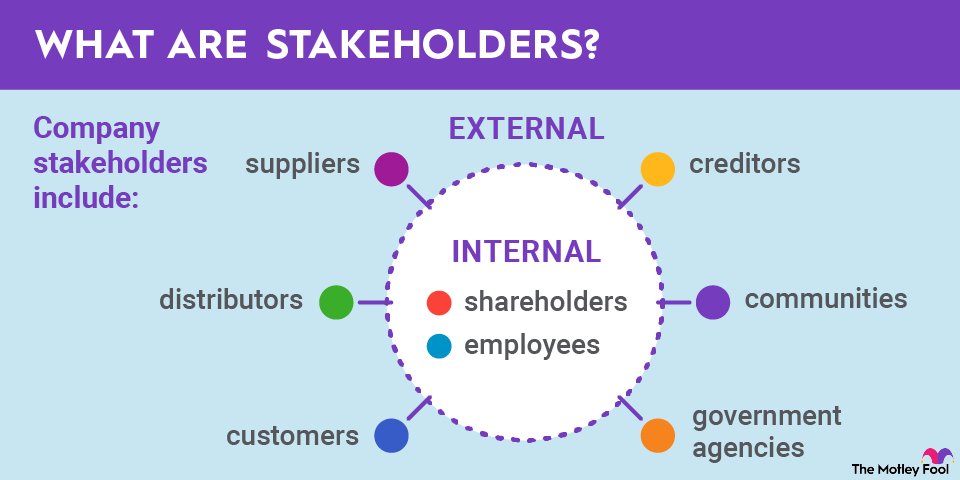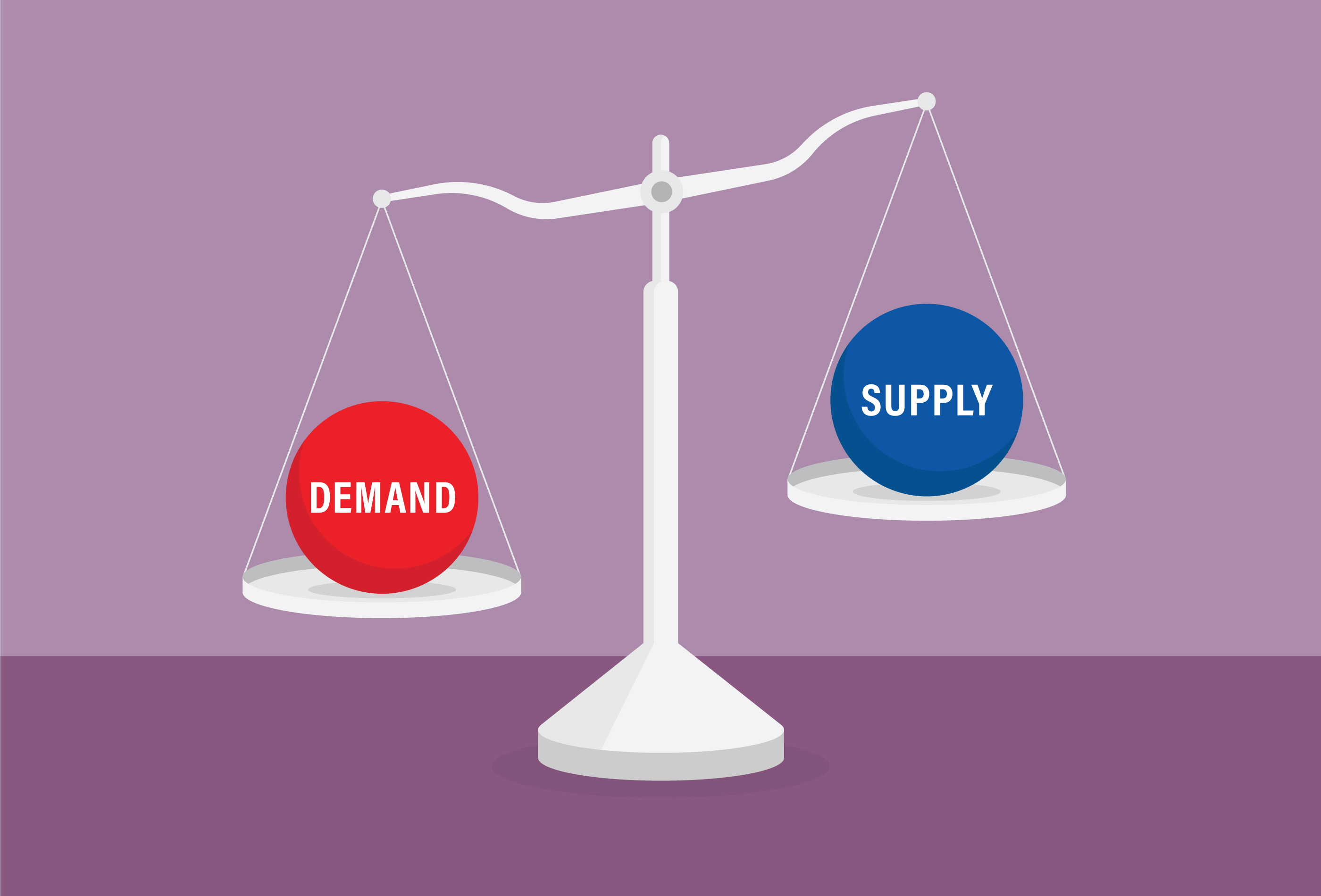When you're considering investing in a company, it's important to not only consider the debt the company has, but its ability to repay the debt. It's time to walk through common solvency ratios and what they mean to investors.

What is a solvency ratio?
There is no single solvency ratio; many are commonly used. Each looks at how well a company can meet its debt obligations compared to other metrics like cash flow or shareholder equity. It's a little bit like how a bank will look at your ability to pay your bills with your salary when you apply for a mortgage loan.
In the same way, solvency ratios are also used to help determine the creditworthiness of a company, since a financial institution will always want to protect its investment and ensure that the money it sends out into the world comes back.
Examples of solvency ratios
When using a solvency ratio, it's important to not just look at one measure or to just look at one moment in time. These are best used when compared to each other across time and across an industry to help you establish trends within a company and comparisons to the wider industry. Here are the most common solvency ratios you're likely to encounter:
Debt-to-assets ratio
The debt-to-assets ratio compares a company's debts to its assets. You can use it to tell if the company has enough assets to cover its debt. The formula is:
Debt-to-Assets Ratio = Debt / Assets
Debt-to-equity (D/E) ratio
With the debt-to-equity ratio (D/E ratio), you can also see how much of a company is actually funded by its debt. The higher the ratio, the more debt. The formula is:
D/E Ratio = Outstanding Debt / Equity
Equity ratio
This is the amount of shareholder equity held in a company. It's much better for a company to be funded by shareholder equity than by debt since shareholders are owners who are often in it for the long haul. Here's that formula:
Shareholder Equity Ratio = Total Shareholder Equity / Total Assets
Interest coverage ratio
The interest coverage ratio is a common and easily understood solvency ratio. It shows how well a company can cover its interest payments with its earnings before taxes and interest (EBIT). This is what the formula looks like:
Interest Coverage Ratio = EBIT / Interest Expenses
Solvency ratios vs. liquidity ratios
There are several different categories of financial ratios that can help you figure out the financial health of a company, and solvency ratios are among them. But there's a similar group of measures called liquidity ratios that can also tell you useful things about the company in question.
Commonly confused, these two ratio groups are very different. Solvency ratios look at all assets, including those harder-to-liquidate things; liquidity ratios only look at liquid assets against short-term debts. So, if you want to know the long-term outlook for a company, solvency ratios can generally answer that question; if you want to know the short-term outlook, look to liquidity ratios.
Related investing topics
Why solvency ratios should matter to investors
Long-term investors are interested in whether the companies they buy stocks in will remain solvent for the long term, which is exactly the kind of question that solvency ratios can answer. Of course, these ratios can't foresee unpredictable changes in the economic environment, but if the course remains steady, they are reliable measures.
Not only do good solvency ratios compared to the industry (and to a company's own past) ensure that a company will remain solvent, but they can also help you tell if a company is using its money as efficiently as possible. There is such a thing as too high a solvency rate, which might indicate that a company is too fiscally conservative. These companies aren't making money they might otherwise be gathering with a little bit of debt and may lose out in the end.



















